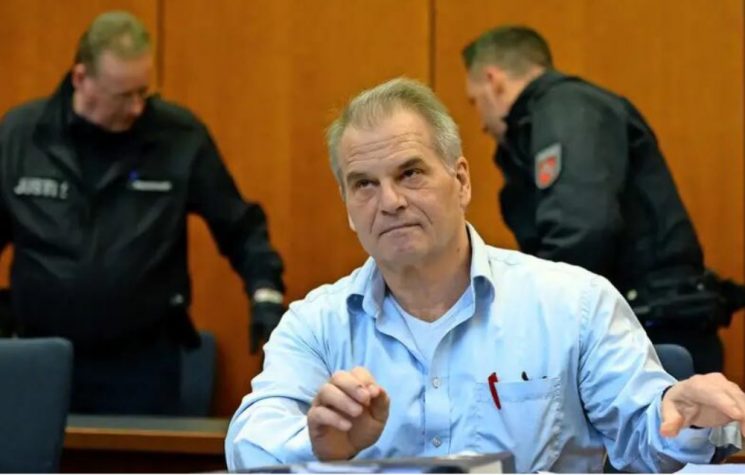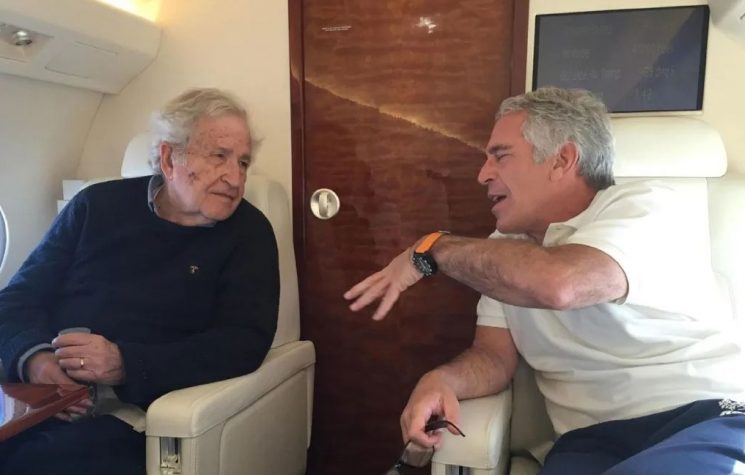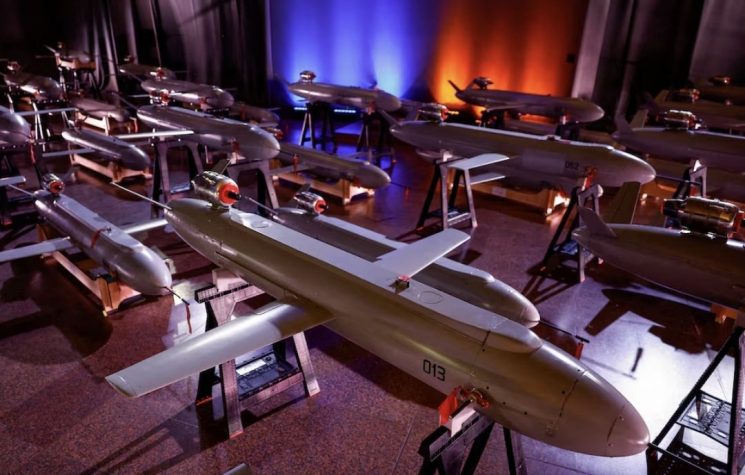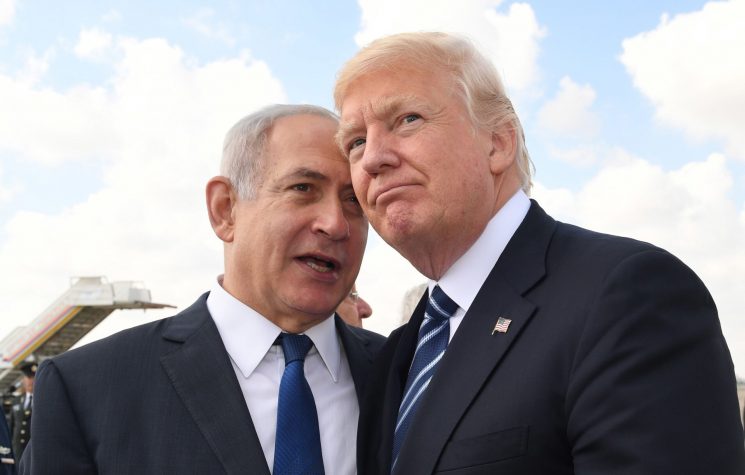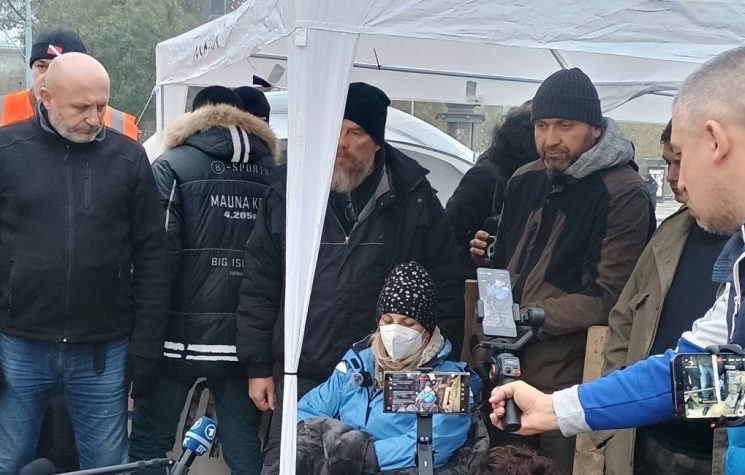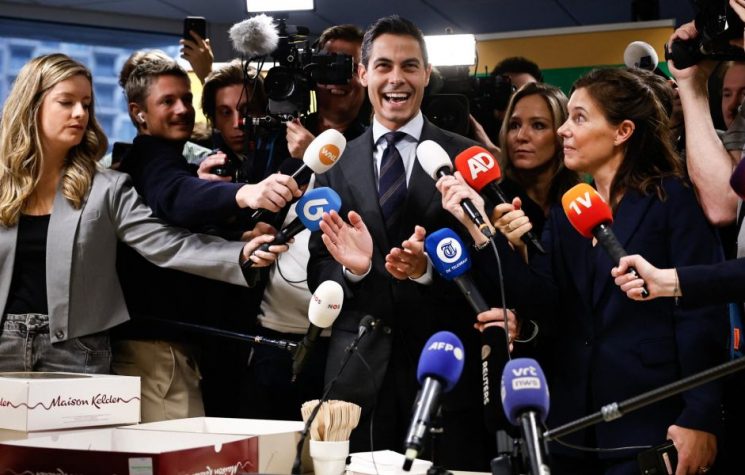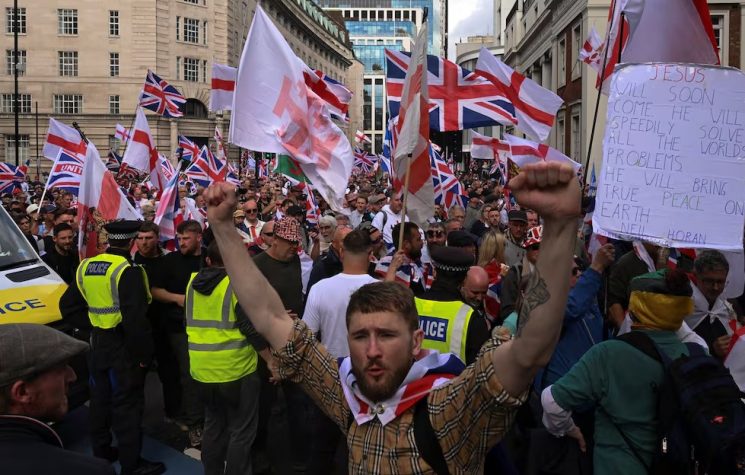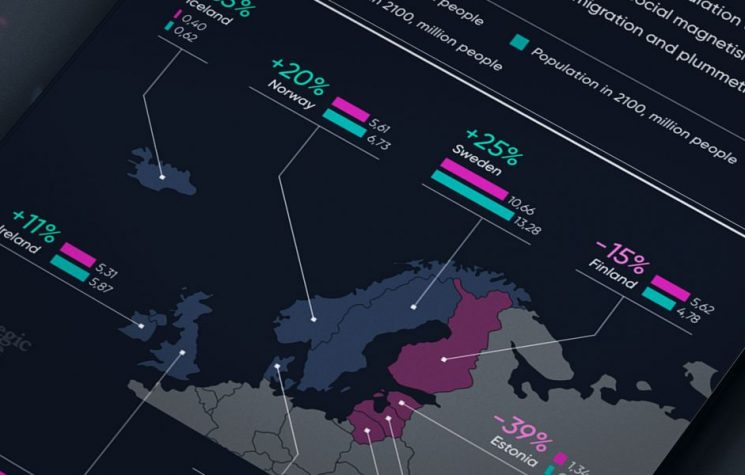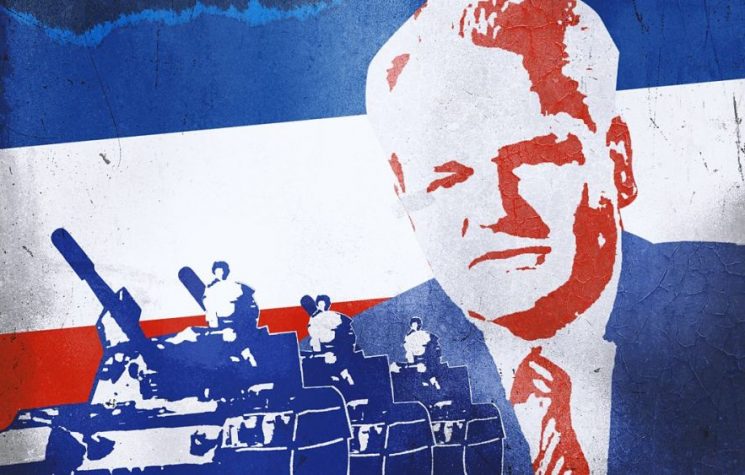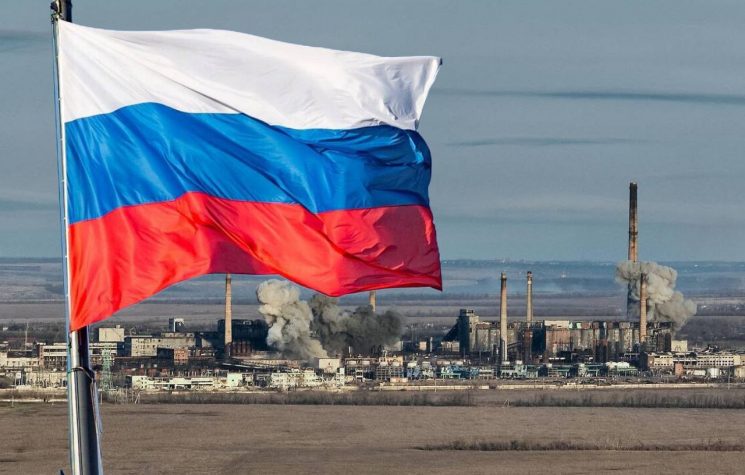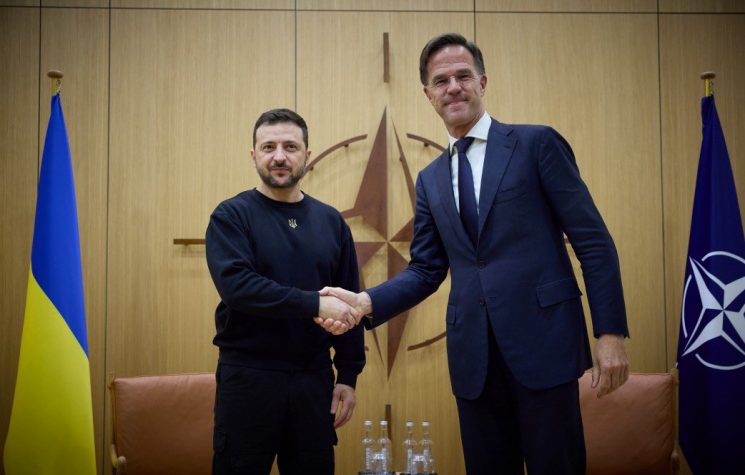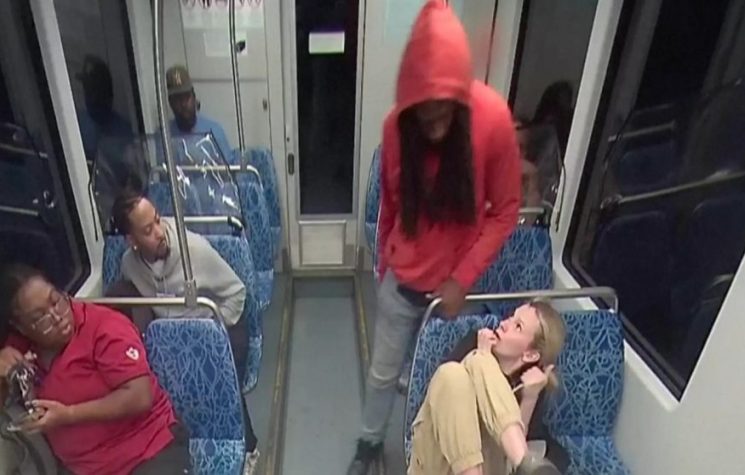The burgeoning authoritarianism of Britain and Ireland aside, what was also noticeable in the aftermath of the outbreak of violence in England, was Starmer’s vocal condemnation of the “far-right”.
Contact us: info@strategic-culture.su
Last Monday, the horrific news broke that there had been a knife attack on a Taylor Swift-themed dance class in the English seaside town of Southport. Two children would tragically die at the scene, with another child sadly passing away from her injuries the next day. A total of ten people would be hospitalised as a result of the attack, eight of them being children.
Social media would quickly be overrun by speculation on the identity of the attacker, with the name Ali Al-Shakati, a fictitious asylum seeker supposedly known to MI6, being put forward by the Channel3now website, an outlet with unverified origins, though with an IP address registered in Pakistan. Tensions would quickly grow.
Following a vigil for the victims of the attack, held in Southport the following day, these tensions would erupt. Police would be pelted with stones and bottles and a police van was set alight. A local Mosque would also be targeted. By the end of the night, 53 officers were injured, and seven arrests were made.
This would not be an isolated incident as the next day, further violence broke out in the towns of Hartlepool and Aldershot, and in London, where there would be more than 100 arrests at a protest outside Downing Street. Violence would also spread to the British-ruled north of Ireland, centring on Belfast in particular. Over the course of a week more than 400 arrests were made in both countries, with the unrest in Britain being the most serious in more than a decade. Indeed, a British court would take the unprecedented move of naming the 17-year old suspect as Axel Rudakubana in a bid to curtail the violence, with standard practice usually being to grant anonymity in the case of underage criminal suspects.
The events in Britain and Belfast bore a striking similarity to recent scenes in the south of Ireland, in an ongoing period of heightened social unrest since November 2022, when Leinster House began moving vast amounts of male migrants into wildly unsuitable locations such as an inner city office block and children’s school.
One year later, in November 2023, these tensions would ultimately come to a head, when following the stabbing of three children and their teacher in central Dublin by an immigrant previously subjected to a deportation order, violence would sweep the Irish capital, resulting in identical scenes to what has played out in Belfast and Britain over the past week.
In April, violence would once again erupt in the small rural town of Newtownmountkennedy, when Irish riot police and masked security would clear a protest camp, set up in response to plans to house male migrants in a disused hospital, in a heavy-handed morning raid. Similar scenes would play out in the working-class Dublin suburb of Coolock in mid-July, when riot police would once again clear a local protest camp in a similar fashion. The scenes that followed in both locations were akin to Belfast or Derry in the late 60s or early 70s, with local residents being brutalised and pepper sprayed by a heavily-militarised police force.
Indeed, the authoritarian response of the southern Irish state to the unrest also bears a striking similarity to that of Britain, with both governments being headed by WEF-linked Simon Harris and Keir Starmer. Upon Starmer’s recent election, Harris declared that it was time for a ‘great reset’ in relations between both states, a deliberate choice of words that alludes to Davos’ Great Reset initiative, launched in June 2020 amidst global lockdowns, that intends to even further consolidate the influence of the international government-corporate alliance.
In response to the Dublin riots, facial recognition technology laws would be swiftly passed by the southern Irish state, with similar happening in Britain owing to the recent unrest. Facial recognition technology is a key component of the fourth industrial revolution that the Great Reset is intended to implement, allowing for the eventual imposition of a digital surveillance state.
Stringent measures regarding the use of social media have also been put forward by both states in response to the violence. In Ireland, Tánaiste Micheál Martin took aim at Elon Musk, blaming the X owner for fuelling the unrest in both countries. Musk would also be on the receiving end of Starmer’s ire after the entrepreneur posted that civil war was inevitable in Britain, before going on to condemn Downing Street’s authoritarian social media response to the disorder, which has seen Britain’s leading prosecutor declare that merely sharing material related to the violence may lead to arrest. Indeed, this would be the case of Bonnie Spofforth, an English woman who erroneously copied and pasted an initial report that “Ali Al-Shakti” was responsible for the Southport attack, and was subsequently arrested as a result. The tight regulation of supposed ‘disinformation’ in the online sphere was a key component of the Event 201 ‘Pandemic’ simulation by John Hopkins University and the World Economic Forum, held in October 2019, five months before the declaration of the “Covid Pandemic”, and the ensuing mass-censorship of those who dared question the official response of lockdowns and jab mandates.
The burgeoning authoritarianism of Britain and Ireland aside, what was also noticeable in the aftermath of the outbreak of violence in England, was Starmer’s vocal condemnation of the “far-right”. A stark contrast to his unwavering support for the Ukrainian government of Volodymyr Zelenskyy, which employs the use of neo-Nazi militias such as the Azov Brigade (formerly Battalion) in its ongoing conflict with Russia.
To understand why, one must look at the wider geopolitical factors at play.
In November 2013, following the decision by then-Ukrainian President Viktor Yanukovych to suspend a trade deal with the EU in order to pursue closer ties with neighbouring Russia, violent riots would soon sweep the former Soviet republic. Despite not being dissimilar to the current unrest sweeping Britain however, Downing Street would openly praise the Euromaidan protests, named after the Kiev square where U.S. Senator John McCain would infamously address demonstrators.
It would soon become apparent that what was billed as a grassroots uprising against government corruption in Ukraine, was in reality an elaborate regime-change operation intended to install a western-client government in Kiev. This was to be done with the intention of encircling Russia, a scenario outlined at the 2008 NATO summit in Bucharest, where a declaration was made that both Ukraine and Georgia would join the alliance.
The violence that swept Ukraine in the aftermath of Euromaidan, and the key involvement of anti-Russian elements in the post-coup government of Petro Poroshenko, would ultimately result in the predominantly ethnic Russian oblasts of Donetsk and Luhansk breaking away to form independent republics in April 2014, their residents having little choice lest they face ethnic cleansing at the hands of the new regime, Indeed, this would prove to not be an unfounded concern, when one month later the Trade Unions House in the southern Ukrainian city of Odessa, was torched by Maidan supporters, leading to the deaths of 48 people, the majority of whom were ethnic Russian anti-Maidan protesters.
An immediate war would begin on the two breakaway republics, involving neo-Nazi elements such as Azov Battalion and Right Sector, ultimately leading to 14,000 deaths. Though the Minsk Accords would offer a federalisation resolution to the conflict, in which Donetsk and Luhansk would remain under the rule of Kiev but be granted a degree of autonomy, the continued stalling of negotiations by the west, and the distinct possibility that Ukraine would go on to host U.S. missiles capable of striking Moscow,, would ultimately force Russia’s hand.
In February 2022, Moscow would launch a military intervention into its western neighbour, intended to protect ethnic Russian minorities, and to destroy any military infrastructure intended to be used against Russia had Ukraine gone on to become a NATO member.
Global condemnations and sanctions would follow, and the U.S. and Britain would both pump billions worth of arms into Ukraine in a bid to tie Russia down in an Afghan Bear trap-style quagmire. A lucrative endeavour for the military industrial complex, and one that Starmer’s recently elected Labour government fully intends to continue. Hence, his far-different response to extremists in Ukraine, than to the current disturbances in Britain.











